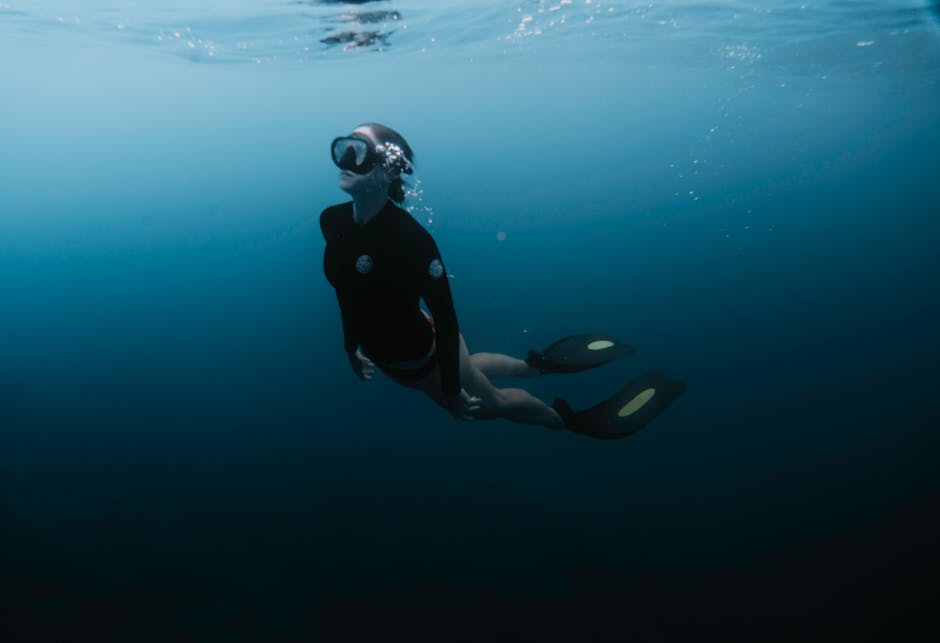The Role of Underwater Inspections
The Role of Underwater Inspections
Blog Article

Did you know that approximately 70% of the Earth's surface is covered by water? This vast underwater world holds countless structures and ecosystems that require careful monitoring and maintenance. From oil rigs and shipwrecks to bridges and pipelines, underwater inspections are crucial for ensuring safety, environmental protection, and structural integrity. Understanding the importance of underwater inspections can help industries mitigate risks and enhance operational efficiency.
The Role of Underwater Inspections
Underwater inspections serve multiple purposes across various sectors. They are essential for identifying potential problems before they escalate into significant hazards. Here are a few key roles that underwater inspections play:
- Structural Integrity Assessment: Inspectors assess the condition of underwater structures, such as bridges, dams, and pipelines, to ensure they meet safety standards.
- Environmental Monitoring: Regular inspections help monitor the health of underwater ecosystems and detect any changes that could indicate environmental issues.
- Maintenance Planning: Identifying wear and tear in structures allows for timely repairs, reducing costs and preventing catastrophic failures.
- Regulatory Compliance: Many industries are required to conduct regular inspections to comply with local and international regulations.
Methods of Underwater Inspection
There are several methods employed in underwater inspections, each suitable for different scenarios and environments. Here are the most common techniques used:
1. Divers
Professional divers are often employed for detailed inspections. They can visually assess structures, take measurements, and even perform minor repairs. Divers provide a hands-on approach that allows for a thorough examination of complex structures.
2. ROVs (Remotely Operated Vehicles)
ROVs have revolutionized underwater inspections, allowing for exploration in deeper and more hazardous environments where human divers cannot safely operate. These robotic vehicles are equipped with cameras and tools to conduct inspections and gather data.
3. AUVs (Autonomous Underwater Vehicles)
AUVs are programmed to carry out inspection tasks independently. They can cover large areas quickly and are often used for mapping and surveying underwater landscapes, contributing valuable data for environmental studies.
4. Sonar Technology
Sonar systems are used to detect objects and map underwater terrain. This technology can identify anomalies and structural issues that may not be visible to the naked eye, such as cracks or corrosion in pipelines.
Benefits of Regular Underwater Inspections
Implementing a routine underwater inspection program offers numerous advantages:
- Increased Safety: Regular inspections help identify safety hazards, ensuring the protection of personnel and the surrounding environment.
- Cost Efficiency: Early detection of issues can lead to cost savings by avoiding extensive repairs and potential system failures.
- Environmental Protection: Monitoring underwater ecosystems helps prevent pollution and other environmental impacts.
- Enhanced Operational Reliability: Consistent maintenance and inspections improve the reliability and longevity of underwater structures.
Challenges in Underwater Inspections
While underwater inspections are vital, they are not without challenges. Factors such as poor visibility, strong currents, and hazardous environments can complicate the inspection process. Additionally, the high costs associated with specialized equipment and trained personnel can be a barrier for some organizations. However, investing in comprehensive inspection programs is essential for mitigating long-term risks and ensuring safety.
Conclusion
In conclusion, the importance of underwater inspections cannot be overstated. They play a critical role in maintaining the integrity of structures, protecting the environment, and ensuring safety across various industries. By utilizing the right technologies and techniques, organizations can effectively monitor underwater conditions and make informed decisions that benefit both their operations and the ecosystems they impact.
Report this page